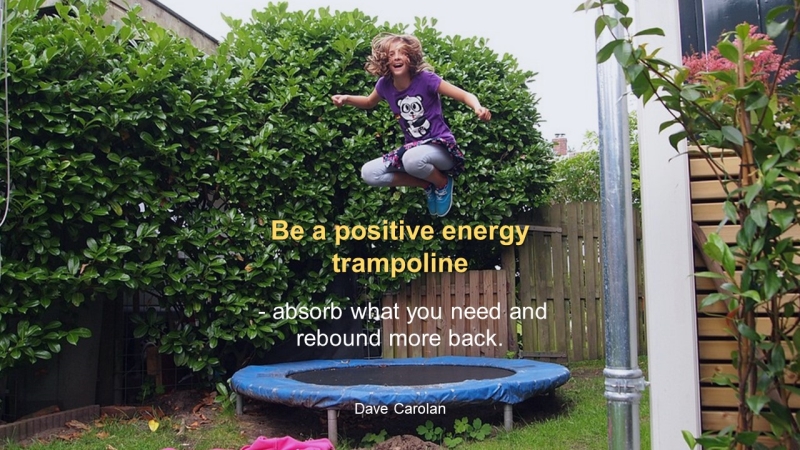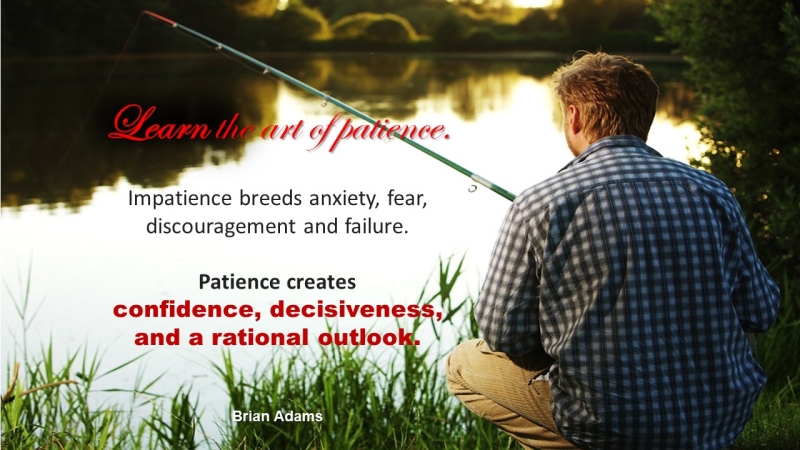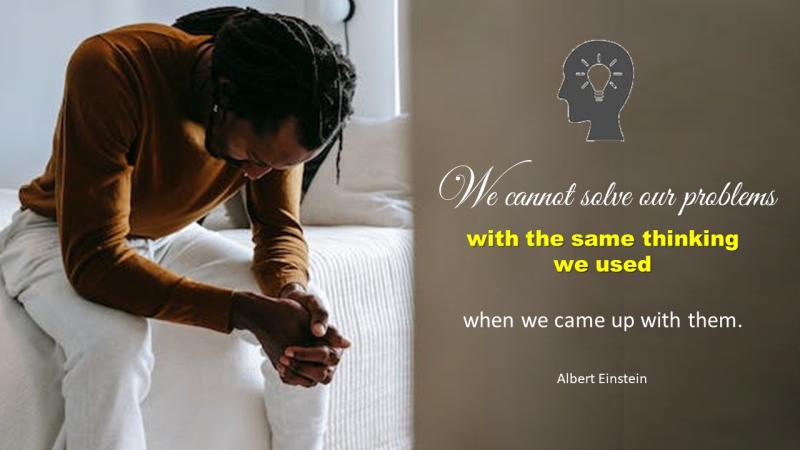
The Art of Absorbing Positive Energy and Bouncing it Back
WE OFTEN ENCOUNTER SITUATIONS THAT CAN DRAIN OUR ENERGY AND LEAVE US FEELING OVERWHELMED, STRESSED, OR ANXIOUS. That’s where positive energy comes in – it can help us recharge, uplift our mood, and improve our overall well-being. This article will explore the importance of positive energy and how you can cultivate it.
Whether you’re feeling stuck in a negative cycle or simply looking for ways to enhance your positivity, this article is for you. Let’s dive in and learn how to absorb positive energy, then! Throughout this article, we’ll provide you with practical tips and advice on how to absorb positive energy and bounce it back into the world.
The Benefits of Positive Energy
The benefits of positive energy are genuinely remarkable. Positive energy can bring a sense of calmness, inner peace, and joy into our lives. When we experience positive energy, our outlook on life can shift, and we become more resilient to adversity. The following are some advantages of positive energy:
Physical Benefits
Positive energy can have a profound impact on our physical health. When we are positive, our bodies release endorphins and other neurotransmitters that can boost our immune system, lower blood pressure, and reduce stress. Additionally, positive energy can promote better sleep, essential for overall well-being.
Mental Benefits
Positive energy can have a profound impact on our mental health. When we experience positive energy, our minds become clearer, and we can better focus on the present moment. Positive energy can also boost our creativity, enhance our problem-solving skills, and improve our decision-making abilities.
Emotional Benefits
Positive energy can have a profound impact on our emotional well-being. We feel happier, more content, and more fulfilled when surrounded by positive energy. Positive energy can also improve our relationships with others as we become more compassionate, empathetic, and understanding.
Impact on Those Around Us
When we exude positive energy, we have the power to impact those around us. By cultivating positive energy within ourselves, we can inspire those around us to do the same and create a ripple effect of positivity in our communities. Positive energy can spread like wildfire, and we can become a beacon of hope and inspiration for others.
Positive energy can bring a multitude of benefits to our lives. By embracing positivity and cultivating positive energy within ourselves, we can improve our physical, mental, and emotional well-being and inspire those around us to do the same.
Ways to Absorb Positive Energy
An essential component of the art of positivity is drawing and absorbing positive energy into your life. Here are some practical tips and examples of practices you can incorporate into your life to increase positive energy levels:
Practice Gratitude
Every day, take a moment to reflect on your blessings, whether it be an excellent relationship, a breathtaking sunset, or a delicious meal. Practicing gratitude is a potent tool that can change our perspective and boost our positive energy. Focusing on the good in your life will bring more of it to you.
Surround Yourself with Positive People
The kind of company we keep can significantly impact our energy levels. Seek out relationships with people who exude positive energy and uplift your spirit. You can feel more energized and motivated by spending time with positive people.
Connect with Nature
Nature is a source of positive energy that can help calm our minds and improve our overall well-being. Connecting with nature can absorb positive energy and recharge your batteries. Take a walk in the park, spend time in your garden, or sit outside and breathe in the fresh air.
Meditate
A vital tool that can help us have more positive energy is meditation. We can reduce stress, improve our mood, and cultivate inner peace by quieting our minds and focusing on the present moment. The benefits of daily meditation, even for a short time, can be felt throughout our entire being.
Practice Random Acts of Kindness
Practicing random acts of kindness is a simple yet powerful way to attract positive energy into your life. Whether you buy a coffee for a stranger or volunteer at a local charity, acts of kindness can create positivity in your community.
Attracting and absorbing positive energy into your life is a practice that requires intention and effort. Remember that spreading positivity significantly impacts the world around you because it is contagious. You can raise your positive energy levels and turn into a positive energy trampoline for those around you by incorporating these suggestions and examples of practices into your daily routine.
Overcoming Negative Energy
Overcoming negative energy is an integral part of the art of positivity. Here are some strategies for dealing with negative energy and protecting yourself from its effects:
Practice Self-Care
Maintaining positive energy levels and shielding yourself from negative energy depend on taking care of yourself. By prioritizing self-care, you can build up your resilience and better handle negative energy when it comes your way. Make time for enjoyable pursuits like exercise, reading, and quality time with loved ones.
Set Boundaries
Setting boundaries is a crucial strategy for protecting yourself from negative energy. Be clear about your needs and communicate them to those around you. This could mean saying no to certain requests or limiting exposure to people or situations that drain your energy.
Practice Mindfulness
Being mindful entails focusing on the here and now while dispassionately assessing our emotions and thoughts. By engaging in mindfulness exercises, we can learn to recognize when negative energy appears and how to let it go without getting sucked into it.
Use Positive Affirmations
Positive affirmations are statements we repeat to ourselves to counteract negative thoughts and beliefs. For example, if you think, “I’m not good enough,” you could replace that thought with, “I am worthy and capable.” By repeating positive affirmations regularly, we can retrain our minds to focus on the positive.
Surround Yourself with Positive Energy
As discussed earlier, surrounding yourself with positive people and experiences can help counteract negative energy. Seek positive energy sources, whether a supportive friend or a beautiful piece of art, to help lift your spirits and protect yourself from negativity.
Make the positive choice for a happier, more fulfilling life. Negative energy can be a powerful force that can significantly impact our lives. However, by practicing self-care, setting boundaries, practicing mindfulness, using positive affirmations, and surrounding ourselves with positive energy, we can protect ourselves from its effects and maintain our positivity. Remember that you can decide where to focus your energy.
The Art of Bouncing Back
We all have moments when we feel depleted and drained. Still, it’s important to remember that we can continually replenish our energy by bouncing back positive energy into the world. The following advice will help you accomplish that:
- Express gratitude: Gratitude is a powerful way to increase positive energy levels. Take a moment to express appreciation for the good things in your life, and make it a habit to focus on the positive rather than dwelling on the negative.
- Smile: A simple smile can go a long way in brightening someone’s day and spreading positivity. Share your smile with others, and notice how it can also uplift your mood.
- Practice kindness: Kindness is contagious, and by doing something kind for someone else, you are helping them and contributing to the positive energy in the world. Whether offering a compliment, doing a small service, or simply being there to listen, every act of kindness makes a difference.
- Surround yourself with positivity: Surround yourself with people who radiate positive energy and engage in activities that bring you joy and fulfillment. This will help to cultivate a positive mindset and keep you bouncing back positivity into the world.
Remember, by bouncing back positive energy into the world, you uplift others and yourself. So, be a positive energy trampoline, absorbing what you need and rebounding more back!
Maintaining a Positive Energy Trampoline
Congratulations! You’ve successfully absorbed positive energy and bounced it back into the world. But how can you make sure your trampoline stays in good condition? Here are some tips for maintaining your positive energy levels:
Ongoing Practice
- Practice regularly: Just like any skill, absorbing positive energy and bouncing it back requires regular practice. Make it a habit to engage in activities that bring you joy and increase your positive energy levels.
- Mindful living: Living in the moment and being fully present is essential for maintaining a positive mindset. You can keep your equilibrium and focus by engaging in mindfulness exercises like meditation, deep breathing, and yoga.
- Gratitude: Practicing gratitude is a simple yet powerful way to increase positive energy levels. Take time every day to reflect on the things you are grateful for.
- Positive self-talk: How you speak to yourself significantly influences your energy levels. Focusing on your abilities, successes, and other positive traits will help you develop positive self-talk.
Self-care
- Prioritize self-care: Maintaining a positive energy trampoline requires good care of your physical, emotional, and mental health. Be sure to get enough sleep, consume wholesome foods, exercise regularly, and take breaks as needed.
- Set boundaries: Boundaries are essential for protecting your energy and preventing burnout. Learn to say no to things that drain your energy and prioritize activities that bring you joy and fulfillment.
- Surround yourself with positivity: Surrounding yourself with positive people and environments can help maintain your positive energy levels. Seek out people who uplift and inspire you, and avoid those who drain your energy.
Remember, maintaining a positive energy trampoline requires ongoing effort and practice. With consistency and commitment, you can maintain high levels of positive energy and continue to spread positivity in your community.
Conclusion
Positive energy is a powerful force that can improve your physical, mental, and emotional well-being and benefit those around you. By learning how to absorb positive energy and bounce it back into the world, you can create a more uplifting and supportive environment for yourself and others. Remember these key takeaways:
- By surrounding yourself with positive people and experiences, cultivating mindfulness and gratitude, and participating in satisfying and enjoyable activities, you can draw positive energy to yourself. Set boundaries, let go of resentments and grudges, and concentrate on finding solutions to shield yourself from negative energy.
- Share positive energy with others by practicing kindness, compassion, and generosity and being a source of inspiration and support.
- Maintain your positive energy levels by prioritizing self-care, managing stress, and staying connected to the things that bring you happiness and fulfillment.
With these tools and practices, you can become a positive energy trampoline, absorbing what you need and bouncing even more back into the world. Remember, positivity is contagious, so keep spreading it around!
CLICK THE IMAGE TO LEARN MORE





